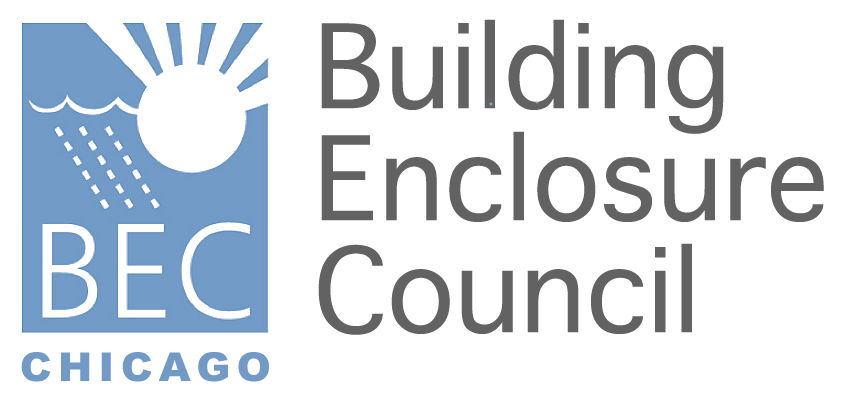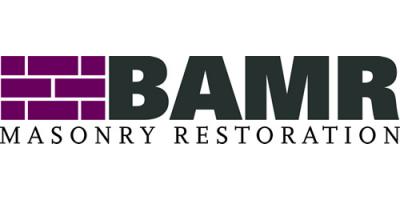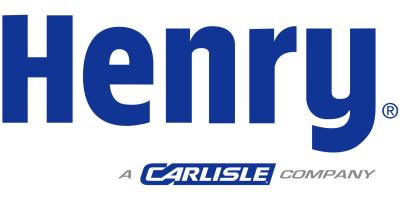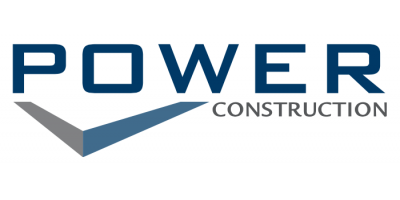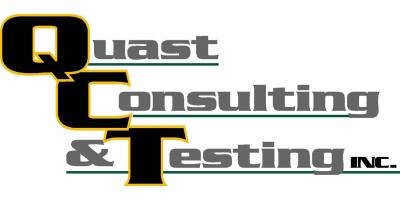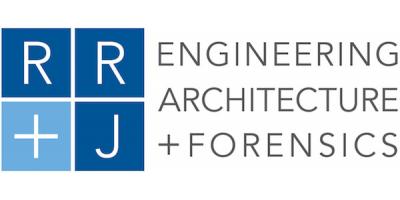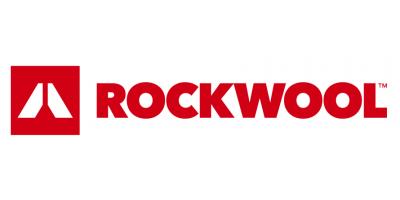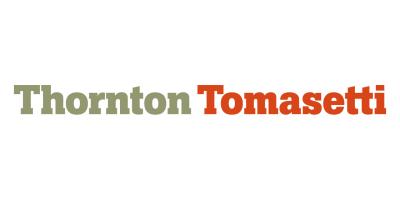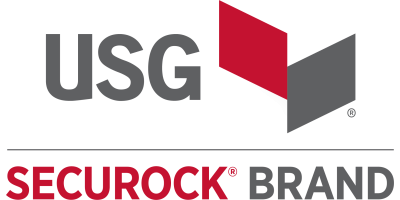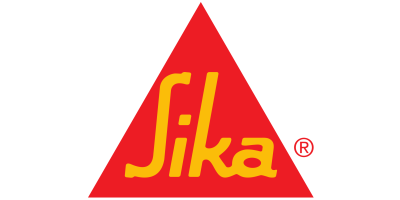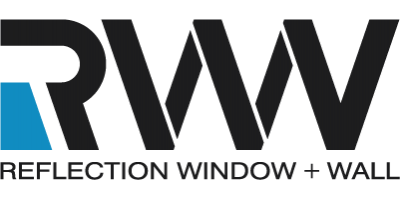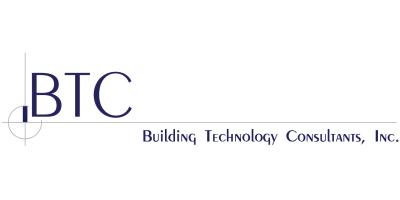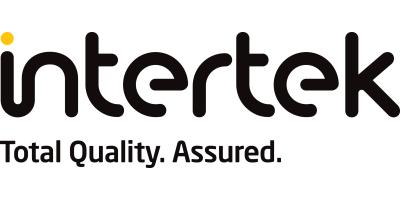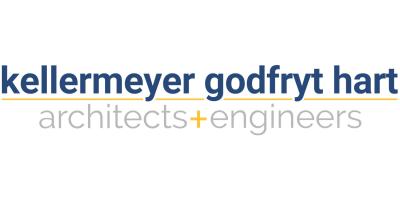| Location | 1330 W. Fulton St. Suite 200 · Chicago, IL (Skender Construction) |
Passive House Alliance Chicago Chapter Presents the following program:
Registration and details:
https://www.meetup.com/Passive-House-Alliance-Chicago/events/pwlgpnyxhbvb/
Wednesday, May 16, 2018
Latest Research In Freeze/Thaw In Historic Masonry
Randy Van Straaten from RDH Building Science will be presenting on the latest research in the potential for accelerated deterioration from freeze/thaw as a result from insulating masonry buildings.
Increasing insulation levels to the interior of a masonry wall assembly can increase freeze-thaw risk by making the wall colder (i.e., more likely to retain moisture and to freeze). Therefore, a thorough assessment process was used to evaluate freeze-thaw risk, including a field investigation, material property testing of brick samples, hygrothermal modeling to predict in-service moisture content, and thermal modeling to assess thermal performance and condensation risk. This method of freeze-thaw risk assessment is based on the critical degree of saturation approach developed for concrete in the 1960s and 1970s, and allows for a contextualized evaluation of risk that considers both masonry properties and environmental conditions. Results for Lawson House indicate low freeze-thaw risks for two general interior insulation retrofit approaches: vapour permeable insulation (mineral wool or open cell spray foam) along with a smart vapour barrier which allows some drying to the interior or closed cell spray foam insulation which does not allow such drying inward. For this case given the masonry material properties and exposure both approaches are expected to increase risk of freeze-thaw deterioration; however, the risk was still predicted to be low. That risk being lower for system allow inward drying.
Within the presentation the scientific basis, approach details, and results of the analysis will be presented for this case. This will be discussed in context of ASTM masonry grading methods and ASHRAE assessment approaches which are also used in the industry for risk assessments.
LEARNING OBJECTIVES
1. Understand potential risks and benefits of insulation retrofits for masonry buildings.
2. Recognize the challenges posed by preservation requirements in historic buildings.
3. Understand how a limit states based freeze-thaw risk assessment method, based on the critical degree of saturation, can be used to inform retrofit
Wednesday, May 16, 2018
5:30 PM to 7:15 PM
Every 3rd Wednesday of the month
Skender Construction
1330 W. Fulton St. Suite 200 · Chicago, il
